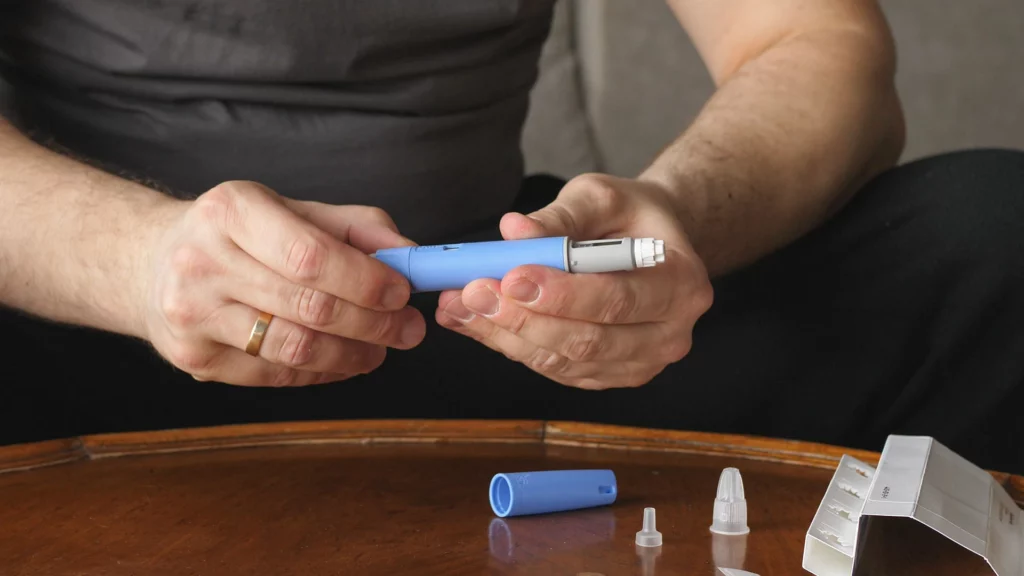Facial injectables have become increasingly popular for aesthetic purposes, offering a range of benefits to individuals seeking to improve their appearance. In this educational blog post, we will explore the two major types of facial injectables: facial fillers and neurotoxins. We’ll delve into the substances used, the differences between them, and the procedure involved. Additionally, we’ll discuss the risks and considerations that both providers and patients should be aware of before undergoing these treatments.
Understanding Facial Fillers and Neurotoxins:
Facial fillers, also called dermal fillers, and neurotoxins are both injected into the face to address aesthetic concerns, but their methods of action differ significantly. Neurotoxins, like Botox, work by paralyzing muscles to prevent wrinkle formation, while facial fillers introduce substances to fill in wrinkles or add volume to specific areas.
Types of Facial Fillers:
Collagen injections were the original and most prevalent fillers. Collagen, a crucial protein in the skin’s structure, provides elasticity and support. However, as we age and expose our skin to environmental factors, collagen levels can decrease, resulting in decreased elasticity and moisture. Collagen injections replenish this protein, producing aesthetic results. Although the effects are not permanent, they can last up to a year.
Hyaluronic acid fillers, like Juvederm and Restylane, have gained popularity due to their relative safety and reversibility. Hyaluronic acid is a natural component found in the body that provides elasticity to the skin by attracting water and filling spaces between collagen and elastin fibers. The effects of hyaluronic acid fillers can be dissolved using hyaluronidase, offering faster results and treatment adjustments.
Other facial filler options include fat injections, poly-L-lactic acid, calcium, and polymethylmethacrylate beads, which are more permanent than hyaluronic acid and offer different benefits. Patients must weigh the benefits and risks before deciding on the appropriate filler.
Considerations and Risks:
Before the procedure, open communication between the provider and the patient is essential. Providers should discuss the risks, desired results, health history, and allergies that may impact the patient’s participation. Informed consent should be obtained, ensuring the patient understands the potential risks and has granted permission for the treatment.
The most common injection areas include the eyes, temporals, nose, cheeks, nasolabial fold, lips, jawline, and hands. The procedure itself involves prepping the skin with an antiseptic wipe, followed by injections made with a thin needle. Lidocaine cream or numbing agents may be applied to reduce pain during the procedure.
Conclusion
Facial fillers are a safe and effective way to address aesthetic concerns and are a profitable addition to health and wellness clinics. Providers and patients should be aware of the differences between facial fillers and neurotoxins, the various filler options available, and the potential risks involved. With proper education, consultation, and adherence to safety guidelines, facial fillers can help individuals achieve their desired aesthetic results with minimal risks.
It also offers an opportunity for health and wellness clinics to expand their services and increase profitability. Medical direction from Guardian MD is a valuable resource that can help ensure compliance, legality, and safety by providing support for your clinic’s growth.



